Top 10 Best Practices for Email Campaign Success in 2024
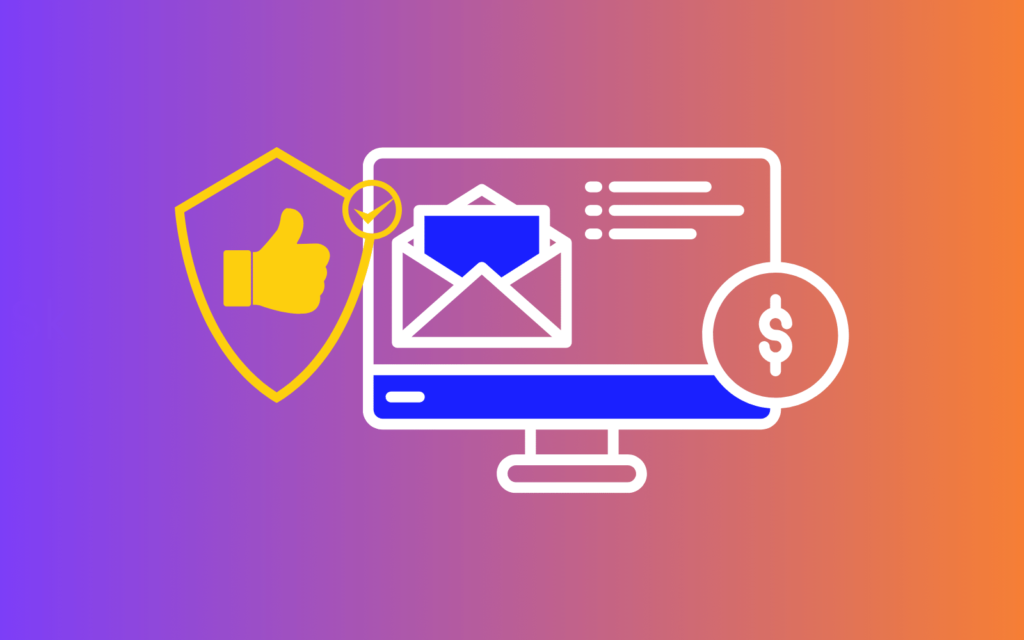
Why do some email campaigns thrive while others barely get noticed? Successful email marketers know that following best practices for email campaign execution is key. This no-fluff guide will help you discover the essential tactics to make or break your email strategy and ensure your messages are opened and converted.
Key Takeaways – Best Practices for Email Campaign
Understanding your target audience’s demographics and behavior is essential for creating targeted and effective email marketing campaigns.
Compelling subject lines incorporating personalization and a sense of urgency or curiosity can significantly boost open rates while engaging content and mobile optimization are key factors in retaining subscriber attention.
Segmentation and personalization, effective CTAs, A/B testing for optimization, email list hygiene, legal compliance, campaign performance metrics, and integration with other marketing channels are vital for a successful and comprehensive email marketing strategy.
1. Understanding Your Target Audience

The foundation of any impactful email marketing strategy lies in thoroughly understanding the target audience. Knowing who you’re talking to is the first step in crafting targeted campaigns that connect with your intended recipients. It’s not just about sending emails; it’s about sending the right emails to the right people at the right time, thereby driving customer engagement.
Two key aspects of understanding your audience are pinpointing demographics and scrutinizing customer behavior. These crucial elements are pivotal in shaping your emails’ content, tone, and timing, ensuring they strike a chord with your audience and prompt the desired action.
Identifying demographics
Identifying demographics is an essential component of understanding your target audience. This process involves categorizing your audience based on criteria like:
age
gender
occupation
cultural background
By doing so, you can tailor your marketing email and email marketing campaigns to effectively engage specific audience segments, leading to improved customer engagement with your marketing emails.
In email marketing, numerous platforms offer segmentation features that allow you to target specific demographics, including age, gender, and income level. With the help of email marketing software like MailChimp, Constant Contact, and ActiveCampaign, you can gain invaluable insights into your audience, enabling you to craft emails that resonate with your subscribers and drive engagement.
Analyzing customer behavior
Another vital step towards understanding your target audience is analyzing customer behavior. By examining how your subscribers interact with your emails, you can glean insights that help tailor your campaigns to their preferences and needs.
To analyze customer behavior effectively, consider how often subscribers open your emails, the links they click on most frequently, and how they interact with your website. These insights can help you create more targeted and personalized emails, increasing engagement and conversion rates.
2. Crafting Compelling Subject Lines
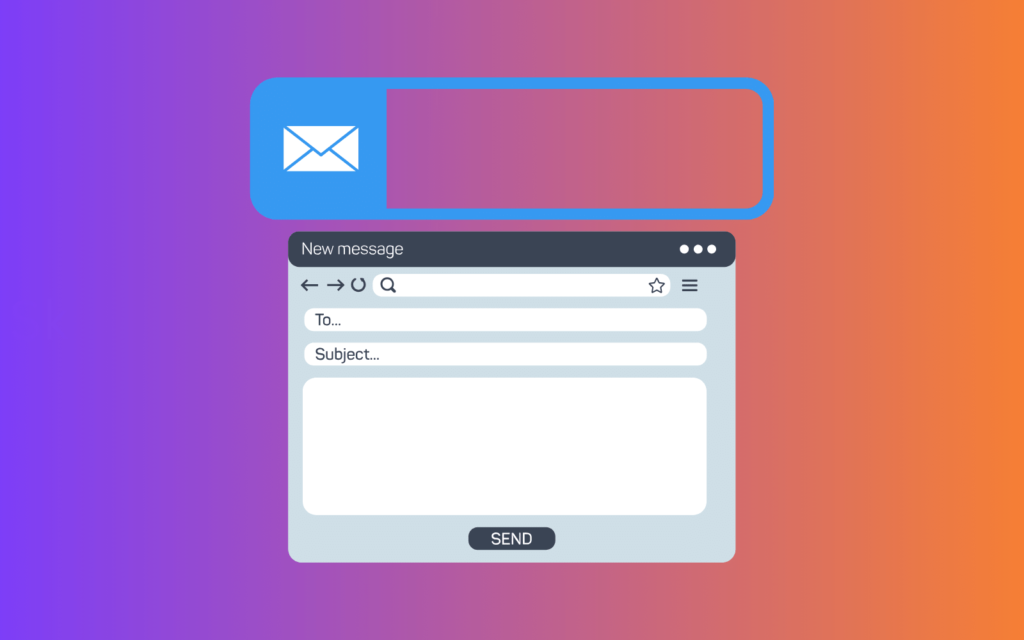
The significance of a compelling subject line in a welcome email is immense. It’s the first thing your audience sees, and it can make or break whether your email gets opened. A well-crafted subject line is more than just a summary of your email – it’s a persuasive invitation to your reader to engage with your message.
The art of crafting compelling email subject lines lies in the delicate balance of personalization and creating a sense of urgency or curiosity. Combining these elements increases the likelihood of your email being opened and sets the stage for successful engagement with your content.
Personalization
Personalization is key in email marketing. A subject line that addresses recipients by name or references their interests can significantly boost open rates. But personalization goes beyond just using a subscriber’s name. It involves tailoring the entire message to reflect the recipient’s preferences and behaviors.
Strategies such as referencing transaction history, creating a sense of urgency, and using descriptive language can all contribute to effective personalization. Personalized subject lines offer subscribers more relevant offers and a positive communication experience, resulting in a significant increase in open rates and a substantial impact on ROI and revenue.
Urgency and curiosity
Another potent tool for boosting your open rates is to instill a sense of urgency or curiosity in your subject lines. Subject lines that convey urgency or create a sense of curiosity can compel recipients to open your emails, eager to know what lies inside.
Incorporating action-oriented language and personalization can boost open rates by creating a sense of importance. Integrating personalization with urgency and curiosity creates a direct and intriguing appeal to the recipient, making the email seem important and immediately relevant, greatly stimulating open rates.
3. Designing Engaging Email Content
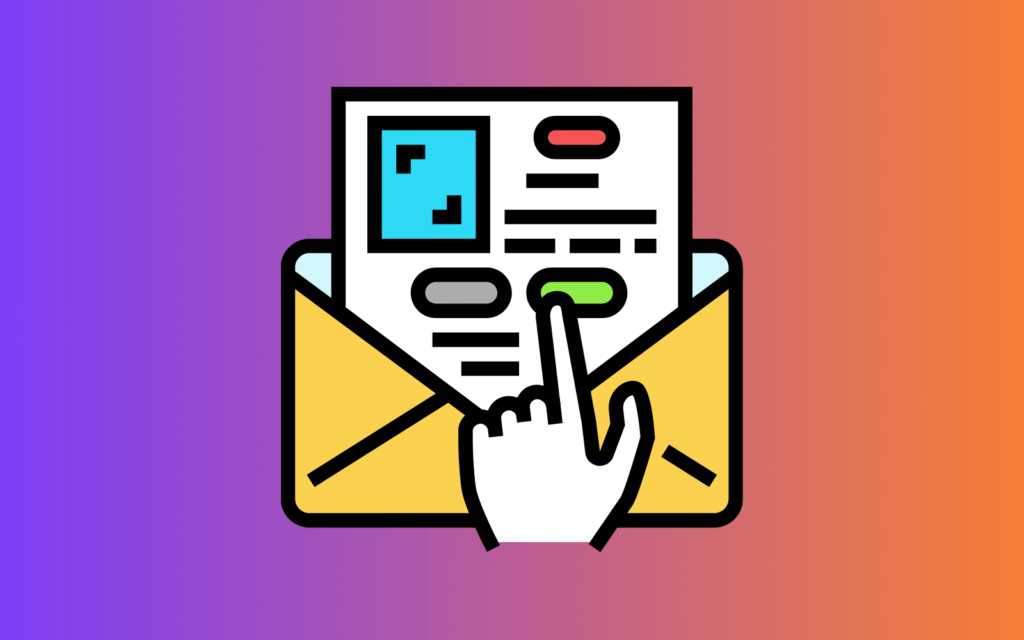
Even though compelling subject lines draw people to open your emails, the content retains their attention. Designing engaging email content involves more than just writing compelling copy – it requires a thoughtful combination of visual elements and text that guides the reader’s attention to the most important information.
Visual hierarchy and mobile optimization are crucial elements in designing effective email content. By incorporating these elements, you ensure a seamless reading experience for your audience, regardless of the device they use to access your emails.
Visual hierarchy
Visual hierarchy guides the reader’s eye toward the most critical information by strategically organizing graphic elements. Email design is about making your most important points stand out visually so your reader knows exactly where to focus.
To establish a successful visual hierarchy, consider your content’s layout and various elements’ size, color, and placement. Utilizing these principles can improve the readability and engagement of your emails, ultimately leading to more effective messaging and higher conversion rates.
Mobile Optimization
Given today’s mobile era, optimizing your email content for mobile devices is necessary but not an option. Over 61.9% of users open emails on their mobile devices, underscoring the importance of mobile optimization in your email design process.
To ensure a smooth reading and interaction experience on mobile devices, consider the following:
Use a single-column layout
Implement responsive design
Make all elements, including text and CTA buttons, legible and functional on smaller screens.
Test your emails on various devices to ensure compatibility.
4. Implementing Effective Calls to Action (CTAs)
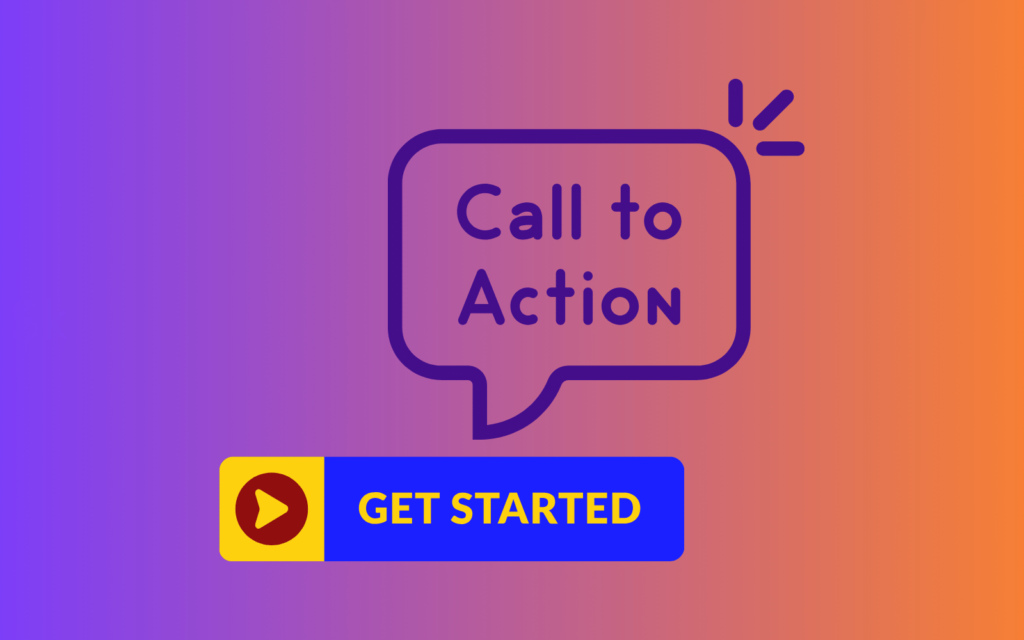
An effective call to action (CTA) is crucial to prompt subscribers to take the desired action. Here are some tips for creating a well-crafted CTA:
Make it clear and concise.
Use action-oriented language.
Create a sense of urgency.
Offer a benefit or incentive.
Use contrasting colors or buttons to make your CTA stand out.
Test different CTAs to see what works best for your audience.
These tips can create a compelling CTA that guides your reader toward the desired outcome.
To make your CTAs effective, concentrate on three key aspects: clarity, conciseness, and strategic design and placement. Mastering these elements lets you create CTAs that grab attention and drive engagement and conversions.
Clarity and conciseness
Clarity and conciseness are paramount when crafting effective CTAs on your landing page. Your CTA should convey the next step clearly and succinctly, leaving no room for ambiguity.
A clear and concise CTA guides your readers, making it easy for them to take the desired action. By using powerful verbs, maintaining brevity, and using vibrant colors for visibility, you can create compelling CTAs that drive engagement.
Placement and design
Their strategic placement and design can significantly influence the effectiveness of your CTAs. Effective CTAs are not just about the right words – they also involve proper placement and design that make them stand out and prompt action.
Recommended practices for CTA design include:
Defining the purpose
Considering language
Deliberating on size and placement
Ensuring the CTA stands out with contrast
Include an appropriate white space around your CTA to make it more visible and increase click-through rates.
5. Utilizing Segmentation and Personalization
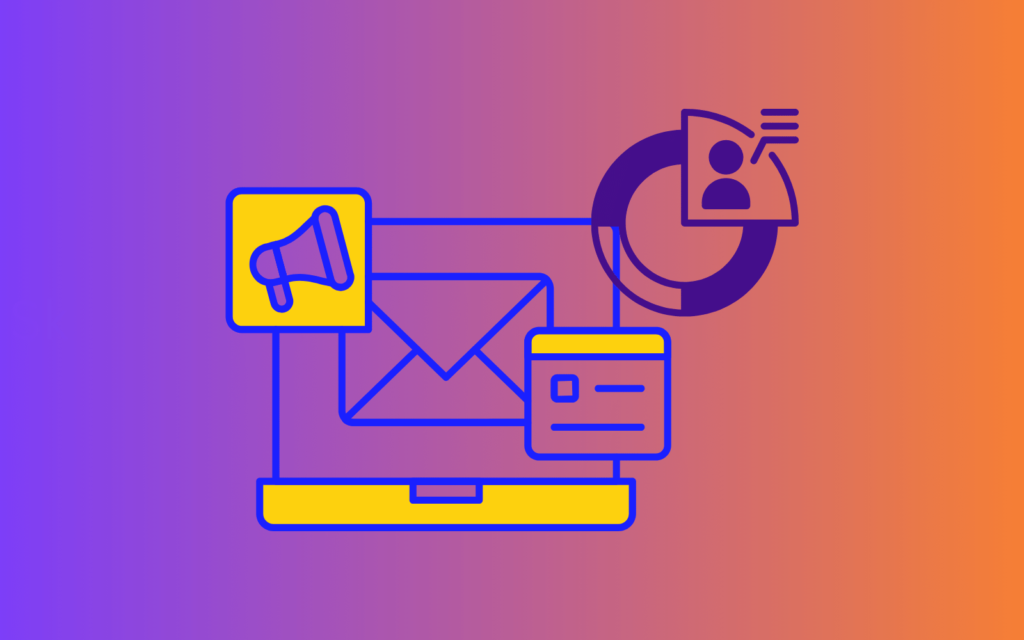
The power of segmentation and personalization can considerably boost your email marketing endeavors. By segmenting your email list and personalizing your emails, you can deliver content that aligns with your subscribers’ preferences and needs, leading to higher engagement and better campaign performance.
The key to effective segmentation and personalization lies in understanding your audience’s behavior and preferences, which can be achieved through behavioral segmentation and dynamic content.
Behavioral segmentation
Behavioral segmentation categorizes subscribers according to their actions, preferences, and behavior patterns. This method enables more targeted email campaigns and enhances the relevance and personalization of your content.
By segmenting your email list based on your subscribers’ behavior, you can:
Tailor your emails to their specific needs and preferences
Increase engagement
Build loyalty and trust with your subscribers
Achieve higher conversion rates.
Dynamic content
In email marketing, dynamic content is tailoring your email content to suit each subscriber’s data and preferences. You can significantly increase engagement and conversion rates by providing personalized and relevant content.
The key to effective dynamic content lies in leveraging your subscribers’ data. By analyzing your subscribers’ preferences and behaviors, you can customize your content to their needs, resulting in more engaging and effective email campaigns.
6. Employing A/B Testing

A/B testing constitutes an essential tool for an email marketer. It allows you to test different versions of your emails to see which one performs better, providing valuable insights that can help optimize your campaigns and improve their performance.
A/B testing can be applied to various elements of your email campaigns, including subject lines, email content, and CTAs. By analyzing the results of your A/B tests, you can make data-driven decisions that lead to more successful email campaigns.
Testing elements
Choosing the right elements to test is crucial for effective A/B testing. Whether it’s your subject lines, email content, or CTAs, each element can significantly impact the success of your email campaigns.
Optimize your email campaigns by testing elements to identify what works best for your audience. This will improve the performance of your current campaigns and provide valuable insights for future campaigns.
Analyzing results
Once you’ve conducted your A/B tests, analyzing the results is crucial. This involves evaluating key metrics such as click-through, open, and conversion rates to determine which version of your email performed better.
Analyzing your A/B testing results can provide valuable insights into your subscribers’ preferences and behaviors. By understanding what resonates with your audience, you can continually refine your email campaigns to improve their performance and achieve better results.
7. Maintaining Email List Hygiene
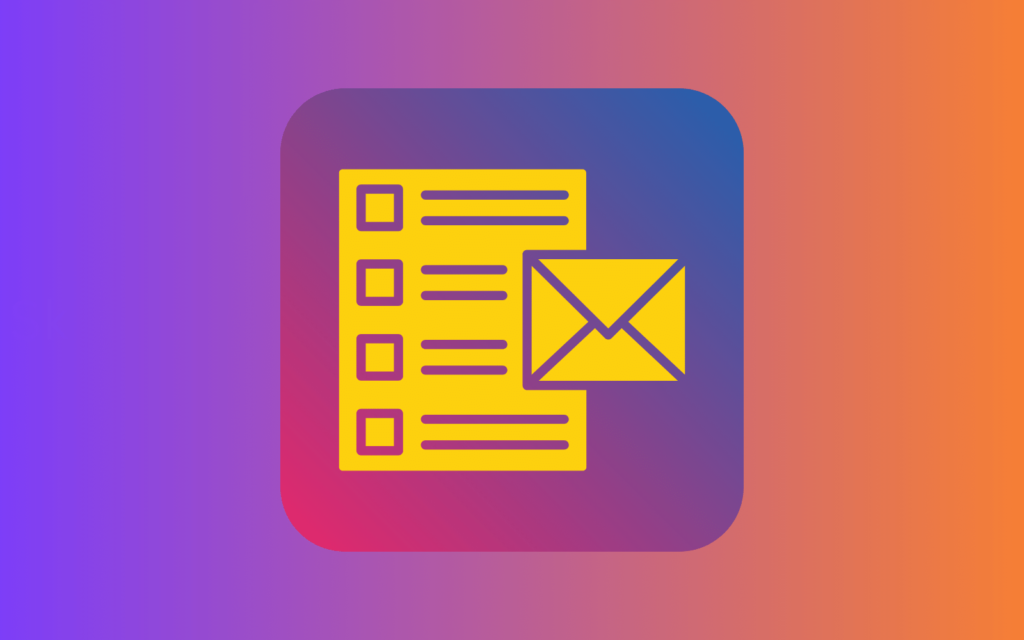
The success of your email campaigns largely depends on maintaining a clean and healthy email list. By regularly removing inactive subscribers and implementing a double opt-in process, you can ensure you’re only sending emails to people who are genuinely interested in your content.
Email list hygiene not only improves the performance of your email campaigns but also protects your sender reputation, reduces bounce rates, and ensures better deliverability. Remove inactive subscribers and implement a double opt-in process to maintain a clean email list.
Removing inactive subscribers
A critical part of maintaining email list hygiene is removing inactive subscribers. Inactive subscribers have not opened or interacted with your emails significantly.
By removing inactive subscribers, you can:
Improve the engagement and open rates of your email campaigns
Improve your campaign performance
Protect your sender’s reputation
Ensure your emails don’t end up in the spam folder.
Implementing double opt-in
Implementing a double opt-in process is another vital aspect of maintaining email list hygiene. This process involves sending a confirmation email to subscribers when they sign up, asking them to confirm their subscription.
Implementing a double opt-in process ensures that your subscribers genuinely want to receive your emails. This improves the quality of your email list, helps protect your sender reputation, and improves deliverability.
8. Ensuring Compliance with Regulations

Adhering to email marketing best practices and regulations is not just a recommendation but a legal mandate. From providing an easy-to-find unsubscribe option to respecting user privacy, complying with email marketing regulations helps maintain trust with your subscribers and avoid potential legal issues.
To ensure compliance, it’s crucial to understand the regulations that apply to email marketing, such as the CAN-SPAM Act and General Data Protection Regulation (GDPR), and incorporate practices that adhere to these regulations in your email campaigns.
Providing an unsubscribe option
Including an easy-to-find unsubscribe option in your emails is more than just a courtesy; several spam laws mandate it. By giving subscribers an easy way to opt out of your emails, you demonstrate respect for their preferences and maintain compliance with regulations.
A clear and accessible unsubscribe link helps maintain compliance and leaves a positive impression on your subscribers. It shows them that you respect their inbox and are committed to delivering only the content they want to receive.
Respecting user privacy
User privacy forms a cornerstone of email marketing. In an era where data breaches and privacy violations are prevalent, protecting your subscribers’ personal information and adhering to privacy regulations like GDPR is crucial.
Respecting user privacy involves various measures, including:
Obtaining explicit consent
Prioritizing data security
Maintaining compliance with regulations
Building trust with your subscribers
Committing to privacy can reassure subscribers that their personal information is safe.
9. Measuring Email Campaign Performance

Measuring your email campaign performance is crucial for understanding the effectiveness of your marketing efforts and making data-driven decisions to improve your future campaigns. Tracking important metrics such as open rate and click-through rate can provide valuable insights into campaign performance and areas for improvement.
Understanding these metrics helps gauge the success of your current campaigns and provides valuable insights for optimizing your future campaigns. You can refine your strategies and achieve better results by continually monitoring your performance.
Open rate
Open rate, a key metric, reveals the percentage of subscribers who open your emails. A high open rate signifies strong engagement, while a low one may indicate that your subject lines or email content may not resonate with your audience.
By tracking your open rate, you can gain valuable insights into the effectiveness of your subject lines and the relevance of your email content. If your open rate is lower than the industry average, it may be time to revisit your subject lines or email content to better resonate with your subscribers.
Click-through rate
Another key metric in email marketing is the click-through rate (CTR). It measures the percentage of subscribers who click on a link or CTA in your email, providing insights into the effectiveness of your email content and CTAs.
A high CTR indicates that your email content and CTAs resonate with your subscribers, leading them to take the desired action. If your CTR is lower than the industry average, it may be a sign that your email content or CTAs need to be optimized.
10. Integrating Email Marketing with Other Channels
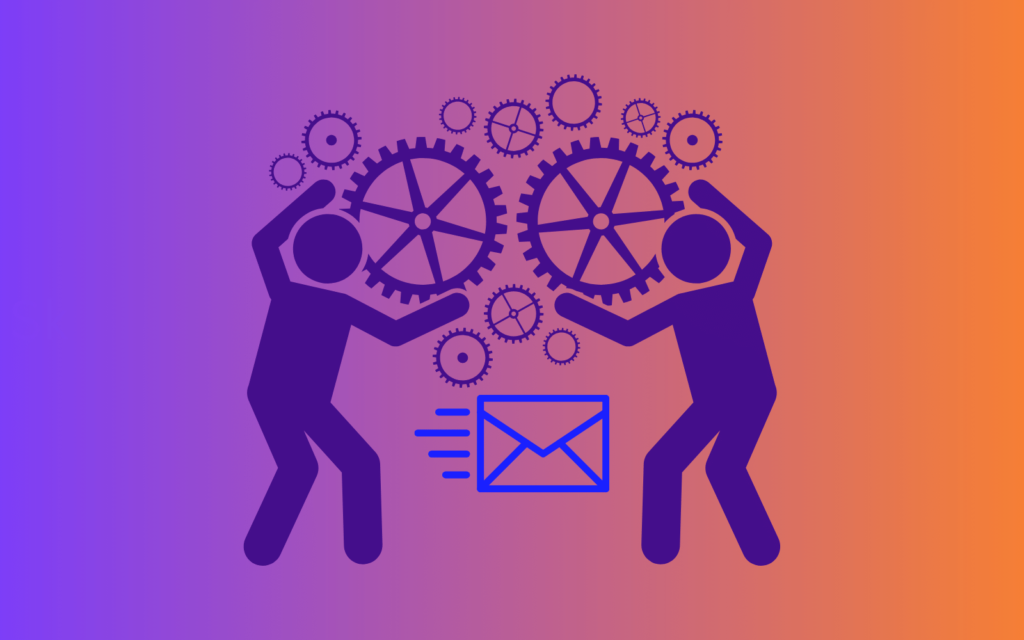
In the current multi-channel marketing landscape, merging your email marketing with other channels can greatly amplify your reach and effectiveness. By leveraging the power of cross-channel promotion and content repurposing, you can ensure a consistent brand message across all your marketing platforms and maximize your marketing efforts.
Whether integrating your email marketing with social media for cross-channel promotion or repurposing your content across different marketing channels, these strategies can help you reach a broader audience, increase brand awareness, and drive more engagement.
Cross-channel promotion
Cross-channel promotion refers to endorsing your brand or product across various marketing channels. By integrating your email marketing with other platforms like:
Social media
Search engine marketing
Display advertising
Influencer marketing
You can extend the reach of your campaigns and engage with your audience on multiple touchpoints.
By leveraging the power of cross-channel promotion, you can ensure a consistent brand message across all your marketing platforms. This increases brand awareness, builds trust with your audience, and drives more engagement.
Content repurposing
Another potent strategy for integrating your email marketing with other channels is content repurposing. It involves reusing your existing content in different formats or on different platforms to reach a broader audience and maximize your content’s value.
Whether transforming a blog post into a podcast, converting a video into a blog post, or repurposing content from social media for your email campaigns, content repurposing allows you to make the most of your content and ensure a consistent message across all your marketing channels.
Summary
In conclusion, achieving email campaign success in 2024 requires a deep understanding of your target audience, crafting compelling subject lines, designing engaging email content, implementing effective CTAs, and utilizing segmentation and personalization.
It also involves maintaining email list hygiene, ensuring compliance with regulations, measuring campaign performance, and integrating email marketing with other channels. By embracing these best practices, you can optimize your email campaigns, drive engagement, and achieve measurable results in your email marketing efforts.
Frequently Asked Questions
What is the best practice for email marketing?
The best email marketing practice is segmenting your email list based on specific characteristics to increase engagement and cater messages to your customers. This can lead to higher open rates and better performance.
What are the 5 T’s of email marketing?
The 5 T’s of email marketing are targeting the right people, timing emails appropriately, testing campaigns, tracking performance, and utilizing the right technology. Implement these strategies to enhance your email marketing efforts and achieve better results.
What is the most effective email marketing campaign strategy?
The most effective email marketing campaign strategy is personalization, which targets specific audiences based on their past purchases and demographics. By tailoring the content to customers’ needs and providing relevant offers, you can create personalized experiences.
What should an email campaign include?
A successful email campaign should include a clear call to action, compelling content, and personalized messaging. These elements help increase engagement and drive results.
What is the importance of understanding my target audience in email marketing?
Understanding your target audience in email marketing is important because it allows you to tailor your campaigns to their specific needs and preferences, leading to higher engagement and conversion rates.





